Grumman CS2F-2 Tracker Royal Canadian Navy
Production Time 9 to 10 weeks
Shipment is by FedEx, UPS or DHL International Express Courier with a normal door-to-door delivery time worldwide of within 2-3 business days after dispatch. Due to the current volatility of world fuel prices, the amount mentioned here is our best estimate for DHL and UPS and may be subject to change at the time of shipping.

Model Description: Grumman CS2F-2 Tracker Royal Canadian Navy Wood Replica Scale Custom Model Aircraft
Manufacturer: Grumman
Wingspan: 17 Inches (43.2 Centimeters)
Height: 4.1 Inches (10.4 Centimeters)
Scale: 1:49
$239.50
Production Time 9 to 10 weeks
-
United States dollar ($)
-
Pound sterling (£)
-
Euro (€)
-
Australian dollar ($)
-
Canadian dollar ($)
-
Singapore dollar ($)
-
Swiss franc (CHF)
-
Japanese yen (¥)
-
Danish krone (kr.)
-
Hong Kong dollar ($)
-
Norwegian krone (kr)
-
Swedish krona (kr)
-
United Arab Emirates dirham (د.إ)
General Product Description
Our PlaneArts Grumman CS2F-2 Tracker Royal Canadian Navy model exhibits unique, unrivaled quality and detailed design to come as close as possible to the accuracy of the actual plane. It comes as standard with a robust, durable base or stand which is available in a variety of different finishes designed to match your own personal requirements including solid wood, wood with polished metal supports or adjustable wood wall mount and will be ready within about 9-10 weeks from placement of order.
The Grumman CS2F-2 Tracker Royal Canadian Navy model is made of the finest kiln dried renewable mahogany wood (commonly known as Lauan or Meranti) which has undergone many stages of carving and meticulous and careful sanding giving the beautiful, finished museum quality masterpiece. Many collectors and model connoisseurs demonstrate their preference for genuine handmade and hand painted mahogany wood models rather than plastic or die cast (diecast) alternatives due to the overall look and totally different feel of the item - we trust you will find the same. We can however, if required produce the same model in Solid Cast Resin so just click and contact us for further information. Our craftsmen and gifted artisans ensure that our finely handcrafted model airplanes match the precise blueprint details of the original aircraft. The paint scheme, markings and parts are closely matched, reflecting the original aircraft. This stylish top-quality desktop replica model will surely enthrall anyone who receives this as a gift and for sure one of the most appropriate and desirably collectable gifts for any military aviation enthusiast and avid aircraft collector whilst also displaying a perfect resemblance to the actual real life version.
There are many types of military propeller aircraft, but the basic types are bombers, fighters, fighter bombers, spotter planes, transporters, patrol aircraft, trainers, and reconnaissance and observation aircraft. All these types of aircraft are used for different types of missions. If you're a fan of historic or present-day military aviation, our model aircraft will bring the excitement and character of these aircraft right into your own home. You can order a wood airplane model of a North American B-25 Mitchell Bomber, a B17 - Flying Fortress, or a P-51 Mustang Nervous Energy V not forgetting the Bf 109, Spitfire, FW 190, A6M Zero, P-38 and F4U. These classic, propeller airplane models are of the highest quality. Each is individually crafted by our expert craftsmen. They produce handmade scale mahogany airplane models of the finest aircraft from World War I and II to present day biplanes and triplanes.
If you require, we can also make the Grumman CS2F-2 Tracker Royal Canadian Navy model in any other military, government or even private livery or colour scheme you require and if necessary, in a different size or scale. Just click here to contact us with a description or photographs of what you require, and we will let you have a quotation for the necessary customization by return email. We can also make bespoke scale replicas of any other private / civil commercial airliner or airliners, helicopter, glider, gliders with engines, military jet, warplane jets, biplane, triplane, tail fin, spacecraft, rocket or NASA model you require in any airline, military or civilian livery or colors. We also produce model airships, blimps, dirigibles, blimps, boats, and ship collectibles. Wall plaque or seal for military, government or private customers. Again, by clicking here to contact us just let us know exactly what you need.
The Grumman CS2F-2 Tracker and Its Role in the Royal Canadian Navy
The Grumman CS2F-2 Tracker was a cornerstone of maritime aviation within the Royal Canadian Navy (RCN) during the Cold War era. As an anti-submarine warfare (ASW) aircraft, it played a pivotal role in monitoring Soviet submarine activity and enhancing the maritime security of North America. This article delves into the history, key features, and operational use of the CS2F-2 Tracker, illustrating its significance in the Royal Canadian Navy.
Historical Background
Developed by Grumman Aircraft Engineering Corporation, the CS2F Tracker was designed in the late 1940s as a response to the need for a dedicated ASW aircraft. It first flew in 1952 and was introduced into service with the United States Navy. Recognizing its potential, the Royal Canadian Navy acquired the Tracker as part of its modernization initiative to bolster its anti-submarine capabilities. The CS2F-2 variant, specifically built for Canada under license by de Havilland Canada, featured several modifications tailored to the needs of the RCN.
Key Features of the CS2F-2 Tracker
- Design and Structure:
The CS2F-2 Tracker was distinguished by its high-wing configuration and twin-engine design, facilitating stability and endurance essential for long-duration missions over water. Its compact size was complemented by a retractable tricycle undercarriage and folding wings, allowing for efficient storage on aircraft carriers, such as HMCS Bonaventure.
- Avionics and Sensors:
Equipped with state-of-the-art sensors and electronics for its time, the CS2F-2 featured radar, magnetic anomaly detectors, and sonobuoys. These tools enabled it to detect submarines at significant depths and distances, making it a formidable asset in ASW operations.
- Armament:
The aircraft was armed with torpedoes and depth charges, which could be deployed against enemy submarines detected during patrols. This armament capability allowed it to not only locate but also engage and neutralize potential threats.
Operational Service in the Royal Canadian Navy
- Anti-Submarine Warfare:
The primary role of the CS2F-2 in the RCN was to conduct anti-submarine patrols along the Atlantic and Pacific approaches to Canada. Operating from both shore bases and the HMCS Bonaventure, the aircraft were pivotal during the tense periods of the Cold War, where the threat of Soviet submarines was a significant concern.
- Training and Upgrades:
Throughout its service life, the Tracker underwent various upgrades to enhance its operational efficiency and extend its service life. Canadian Trackers were eventually equipped with more modern electronics and new engines to better meet the evolving demands of maritime security.
- Decommissioning and Legacy:
The CS2F-2 Tracker was phased out of active service in the late 1980s, replaced by more advanced aircraft like the CP-140 Aurora. However, its impact on the RCN’s ASW capabilities and its role in maintaining North American maritime security during a critical period of geopolitical tension remain significant.
Conclusion:
The Grumman CS2F-2 Tracker was more than just an aircraft; it was a critical asset that significantly contributed to the anti-submarine warfare strategy of the Royal Canadian Navy. Its sophisticated design, powerful sensors, and robust armament enabled it to protect Canadian waters from potential threats during a time of global uncertainty. The legacy of the Tracker continues to influence the strategic and tactical frameworks of Canadian maritime defense operations today.
| Weight | 6 kg |
|---|---|
| Dimensions | 10.2 × 17 × 4.1 in |
Be the first to review “Grumman CS2F-2 Tracker Royal Canadian Navy” Cancel reply
Similar Models
Military Airplanes - Propeller
Helicopters
Military Airplanes - Jet
Military Airplanes - Jet
Private & Civilian
Military Airplanes - Jet
Military Airplanes - Jet
Military Airplanes - Jet
McDonnell Douglas CF-18 Hornet Canadian Air Force 410 Cougars
Military Airplanes - Jet
Military Airplanes - Jet
Military Airplanes - Jet
Military Airplanes - Jet
Military Airplanes - Propeller
Military Airplanes - Propeller
Military Airplanes - Propeller
Military Airplanes - Propeller
Military Airplanes - Propeller
Military Airplanes - Propeller
Military Airplanes - Propeller
Military Airplanes - Propeller
Military Airplanes - Propeller
Private & Civilian
Military Airplanes - Jet
Private & Civilian
Military Airplanes - Propeller
Private & Civilian
Private & Civilian
Private & Civilian
Private & Civilian
Private & Civilian
Private & Civilian
Private & Civilian
Private & Civilian
Private & Civilian
Private & Civilian
Private & Civilian
Private & Civilian
Military Airplanes - Propeller
Military Airplanes - Propeller
Military Airplanes - Propeller
Military Airplanes - Propeller
Military Airplanes - Jet
Military Airplanes - Jet
Military Airplanes - Jet
Private & Civilian
Private & Civilian
Transparent Cockpit Models
Private & Civilian
Private & Civilian
Military Airplanes - Propeller
Military Airplanes - Jet
Private & Civilian
Military Airplanes - Propeller
Tail Shields & Flashes, Plaques & Seals
Military Airplanes - Jet
Military Airplanes - Propeller
Military Airplanes - Propeller
Military Airplanes - Jet
Military Airplanes - Jet
Military Airplanes - Jet
Military Airplanes - Jet
Private & Civilian
Military Airplanes - Jet
Boeing C-17 Globemaster III Canada – Royal Canadian Air Force
Military Airplanes - Jet
Private & Civilian
Private & Civilian
Private & Civilian
Private & Civilian
Private & Civilian
Military Airplanes - Jet
Military Airplanes - Jet
Military Airplanes - Jet
Helicopters
Military Airplanes - Jet
Military Airplanes - Jet

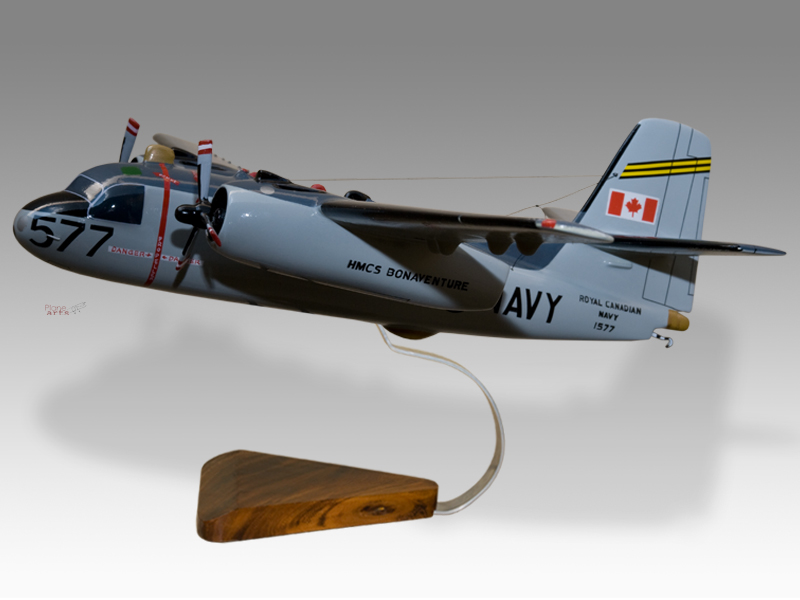
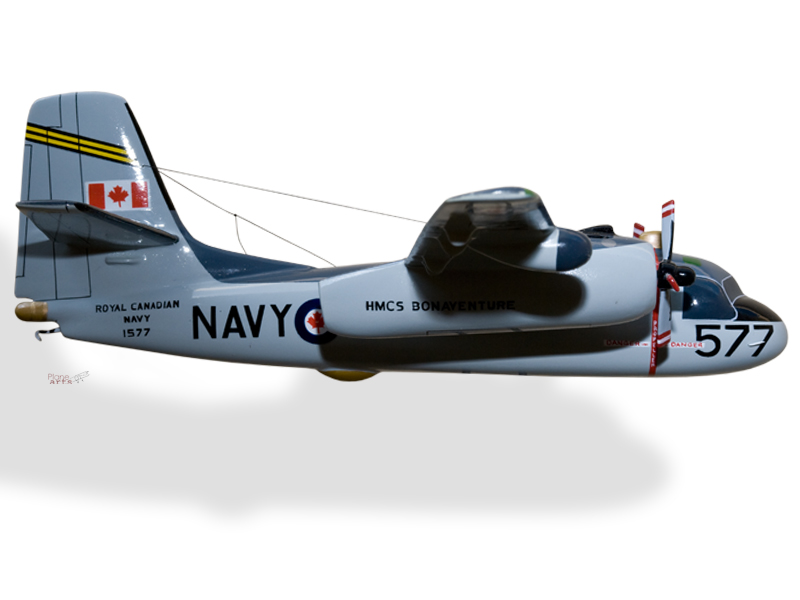

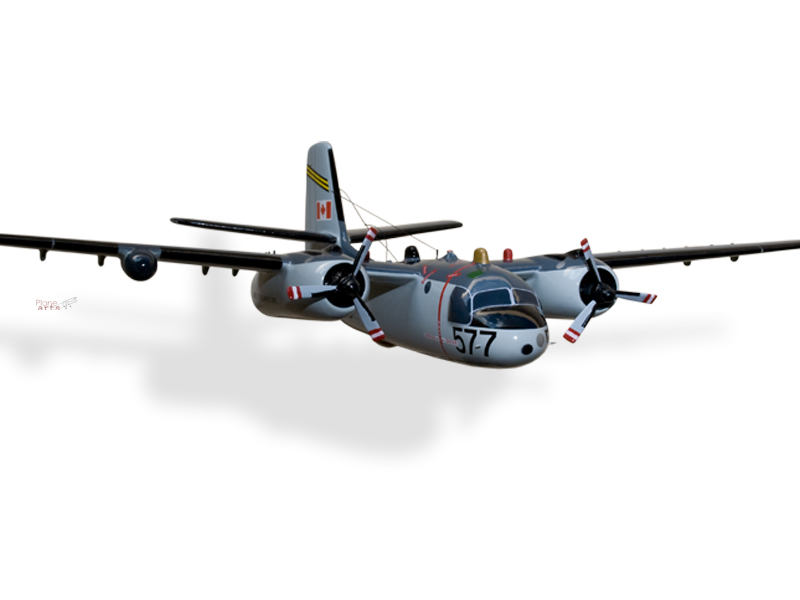
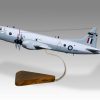

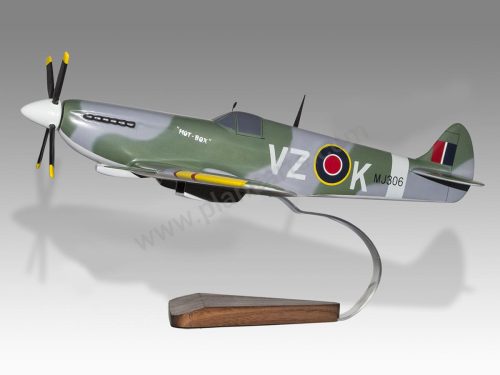


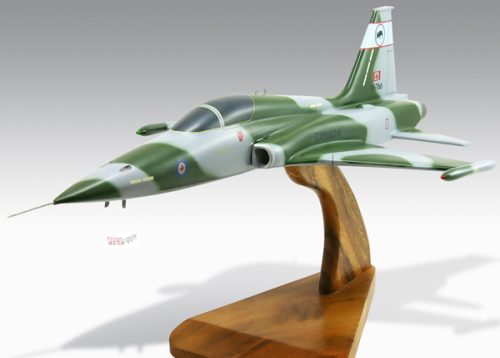
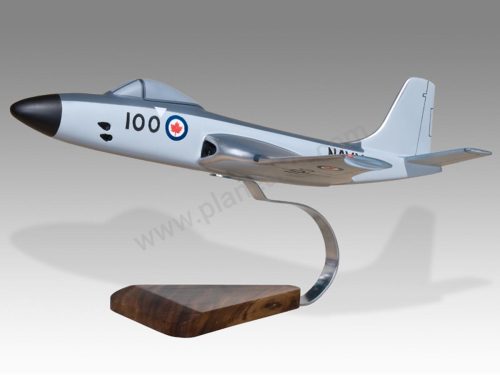
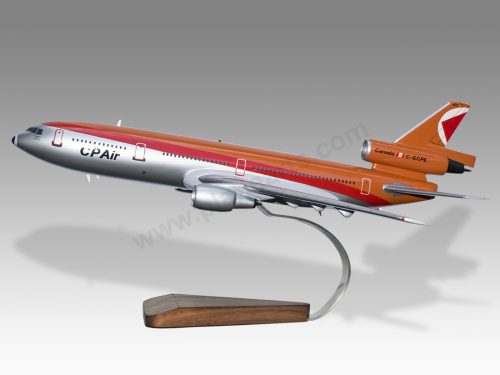
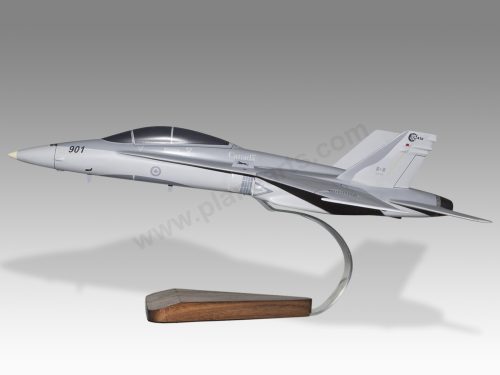

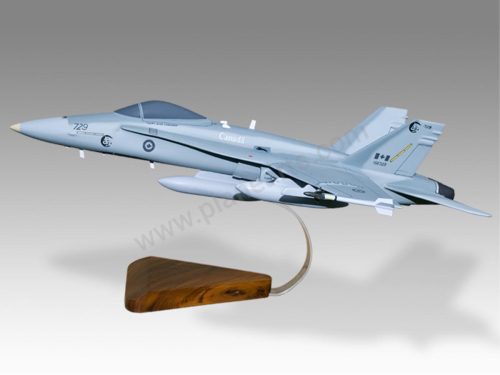
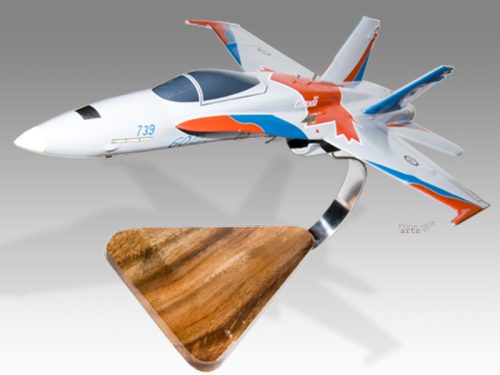
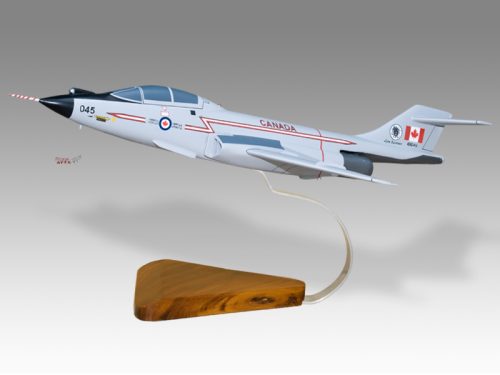

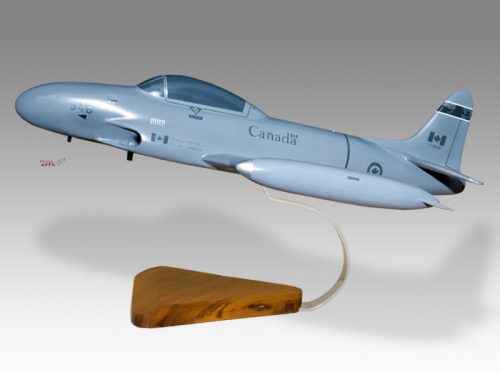
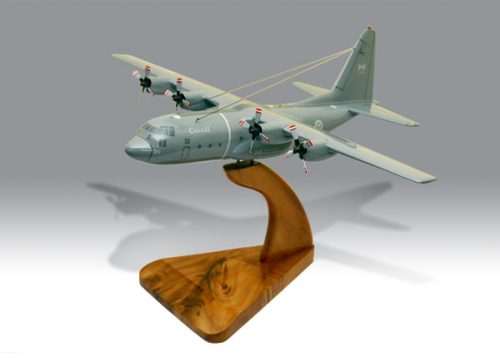

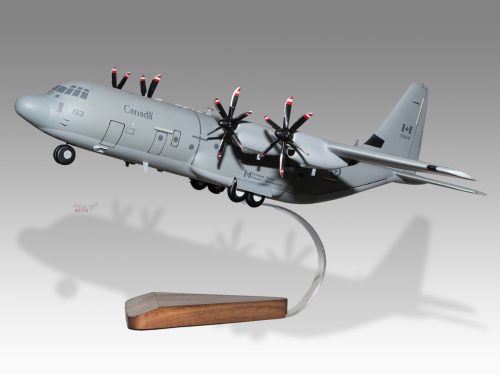
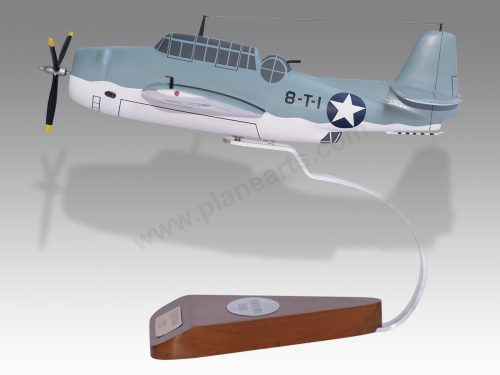
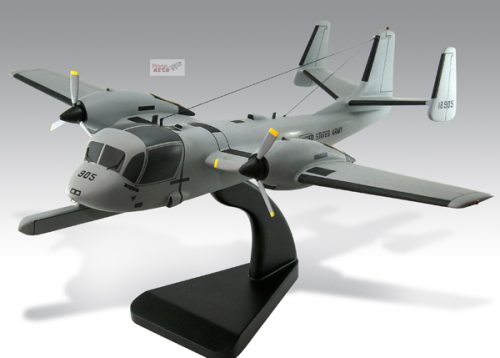
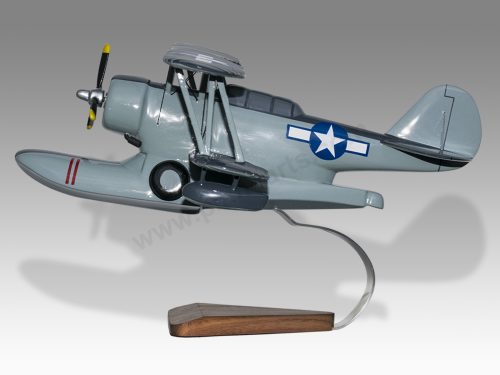
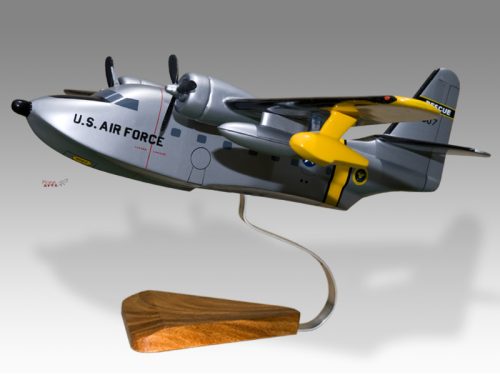
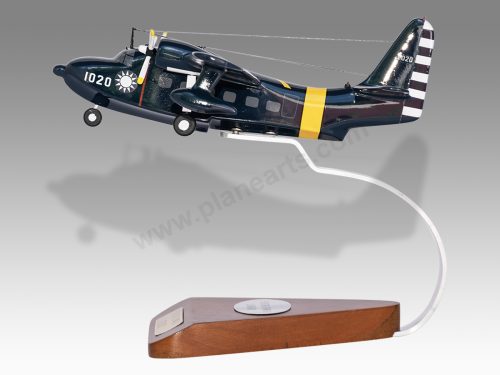
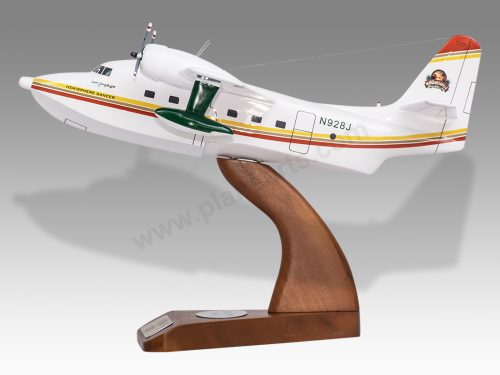
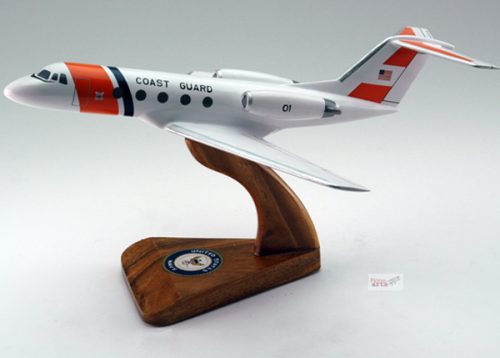
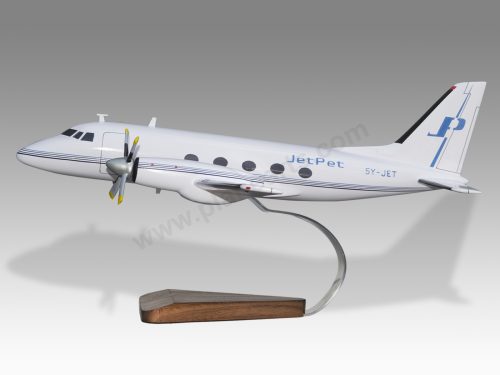
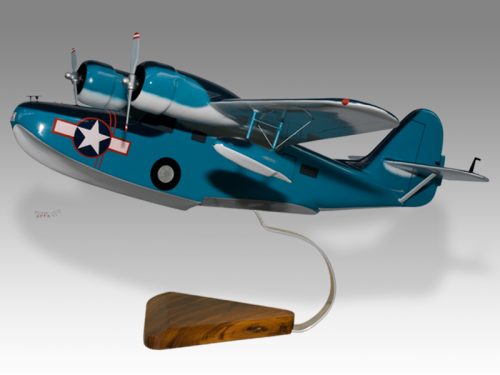
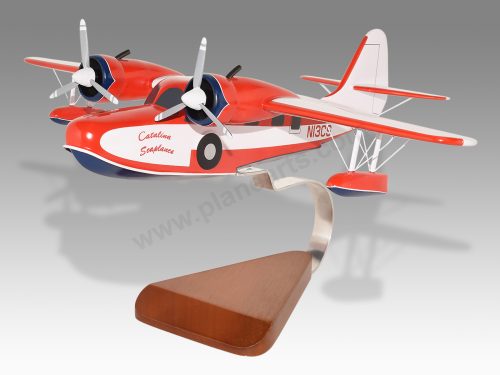
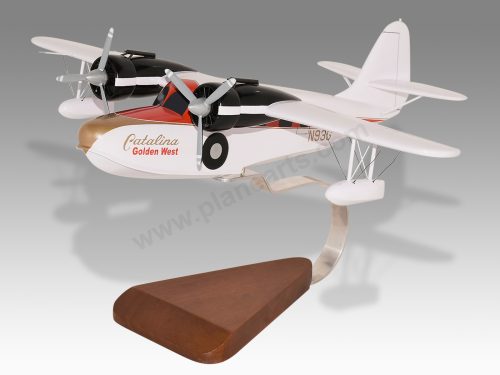
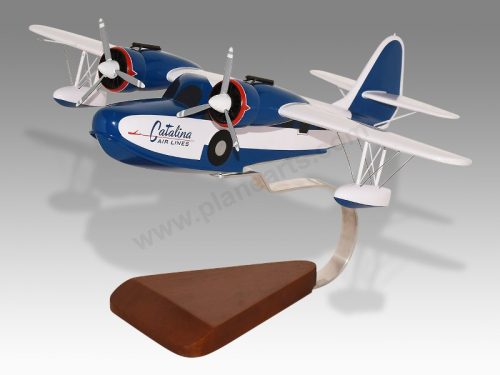
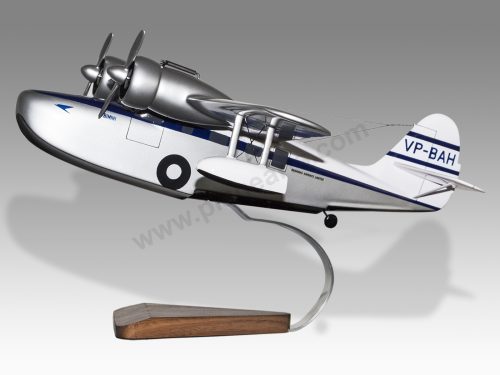
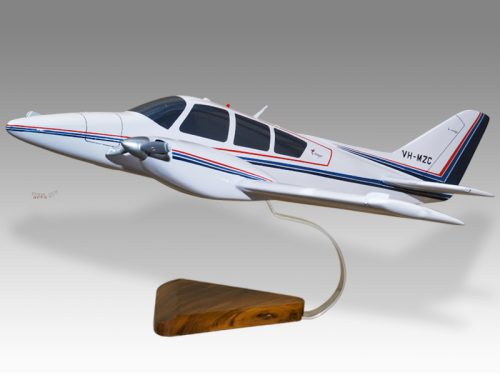
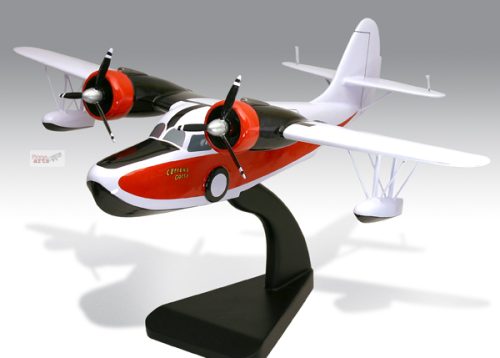
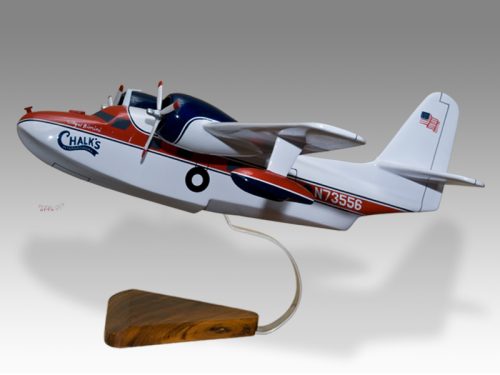
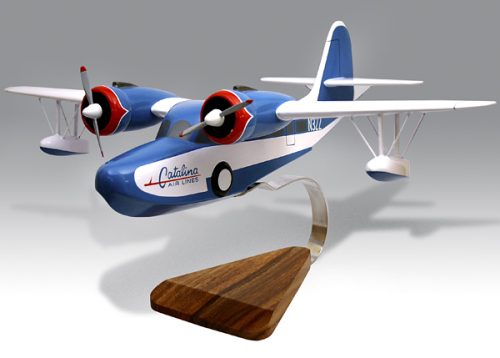

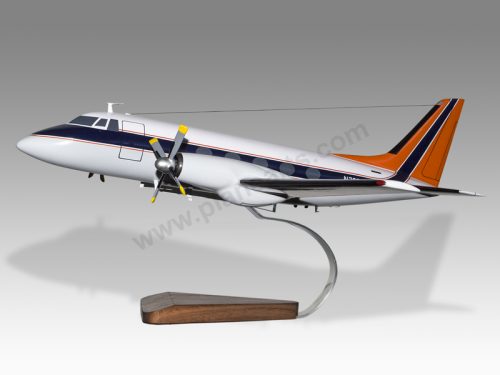


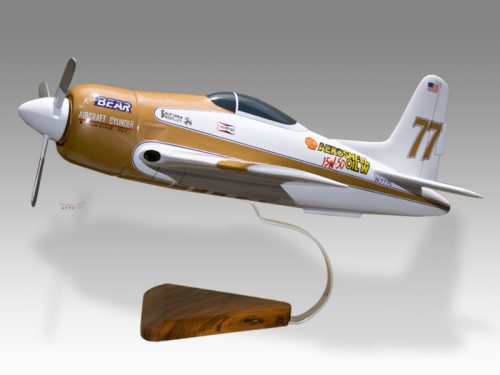
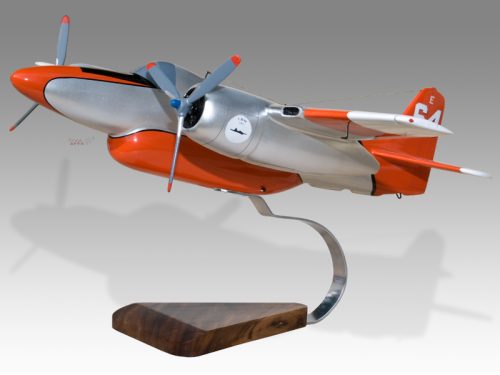
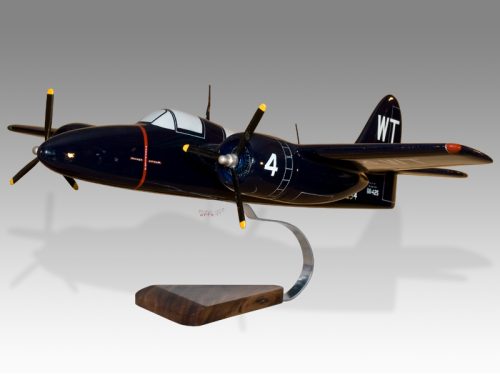


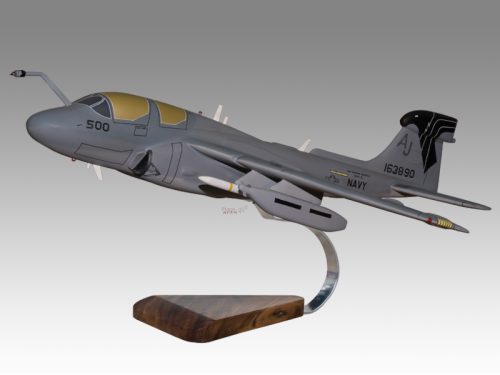
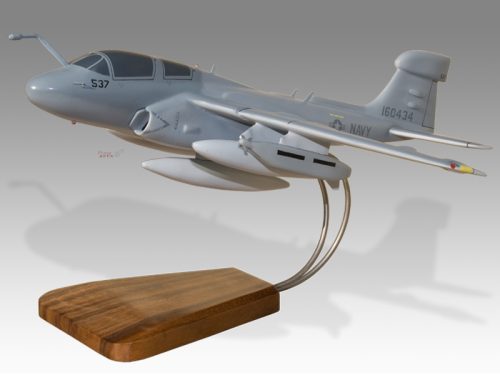
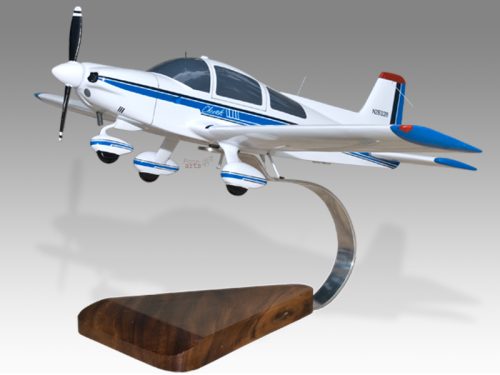
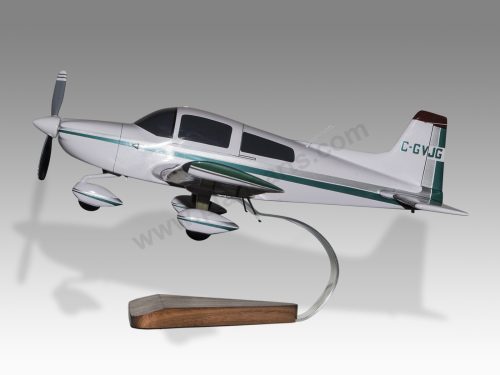
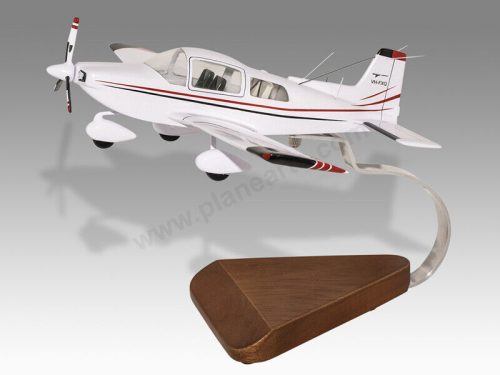
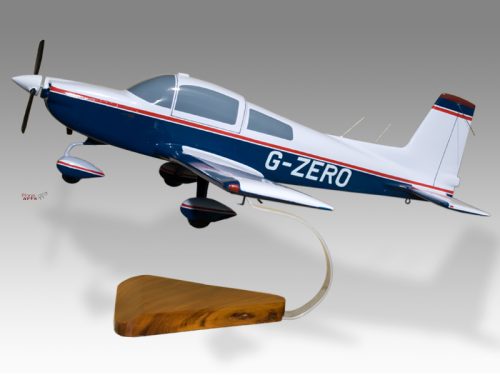
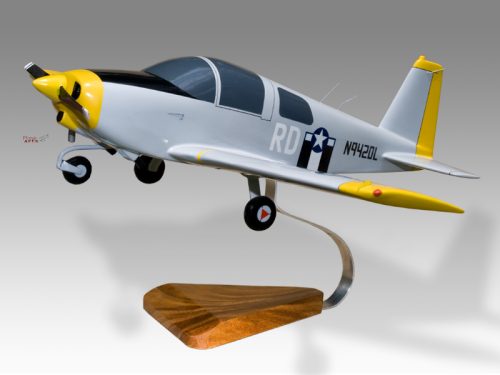
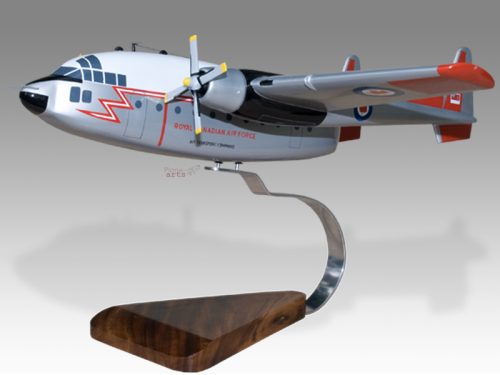
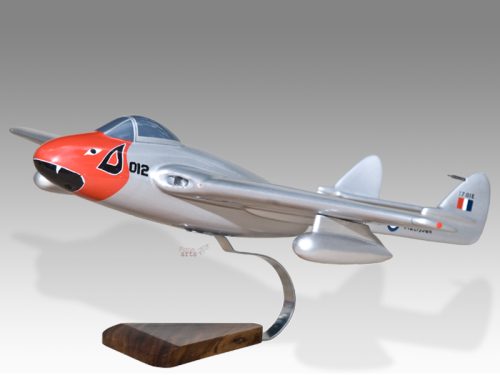


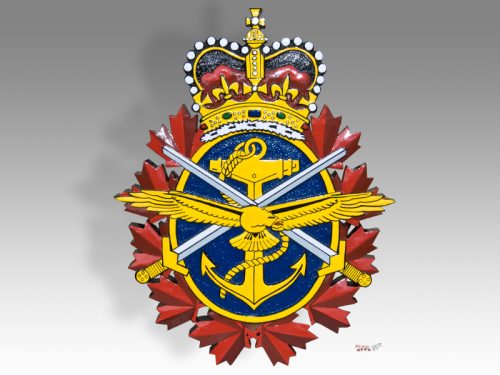
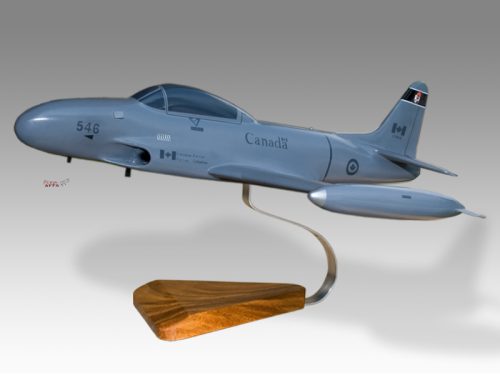
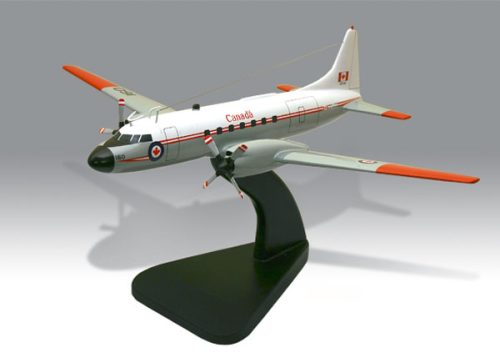

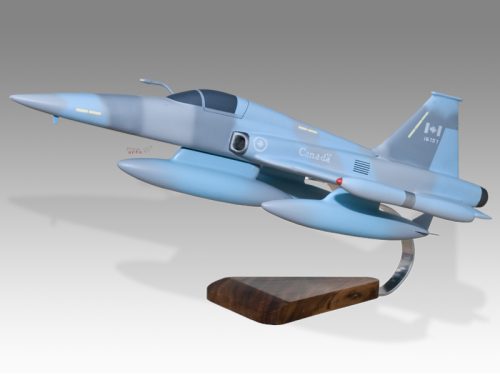
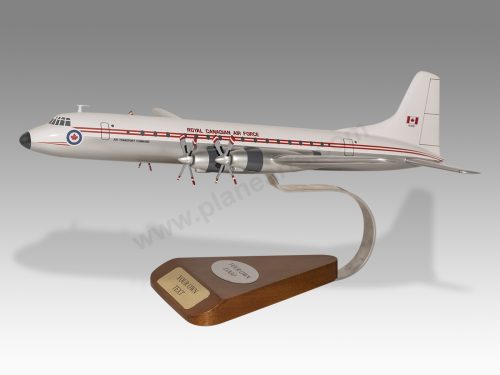


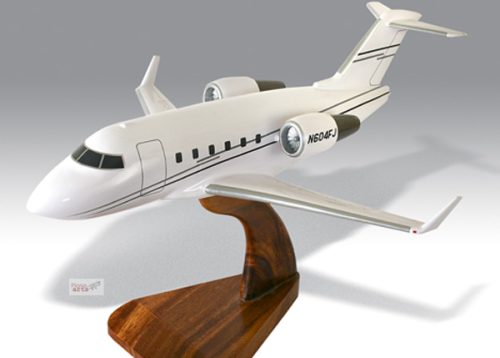
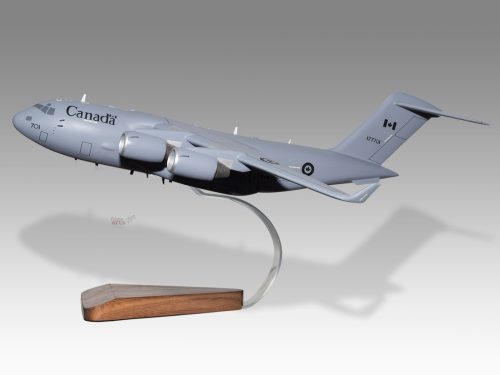
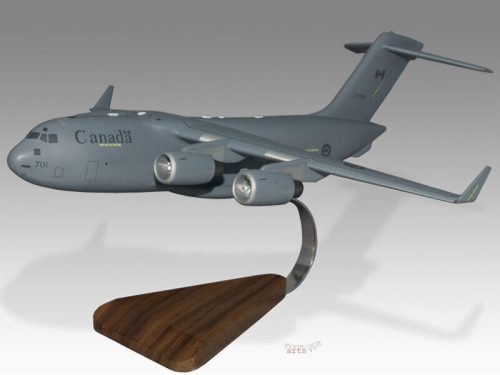
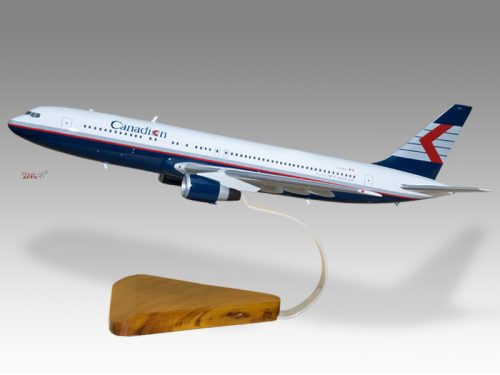
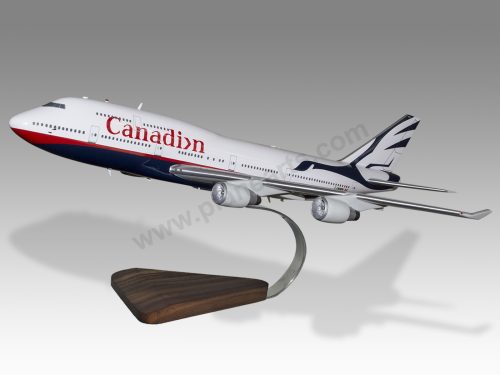
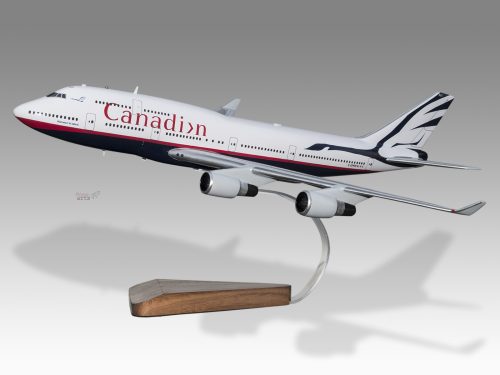

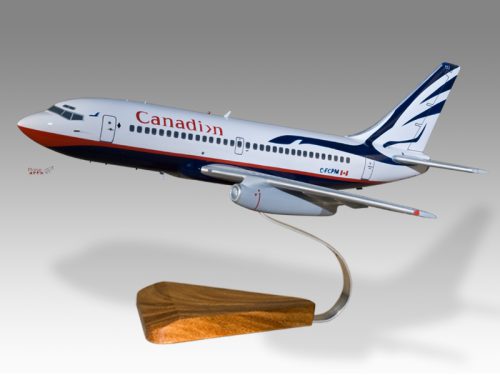
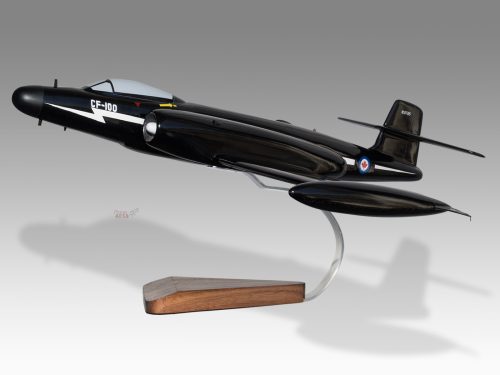
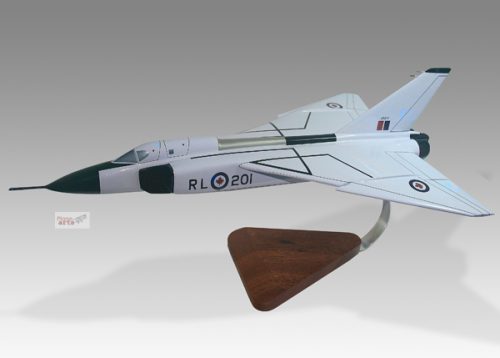
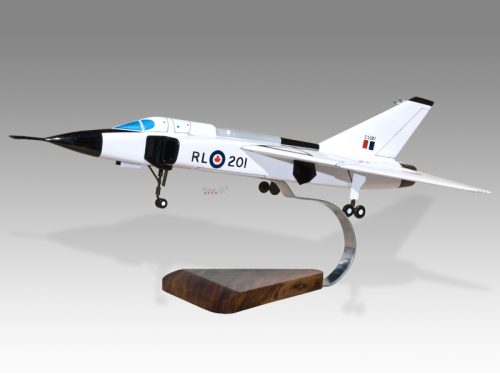
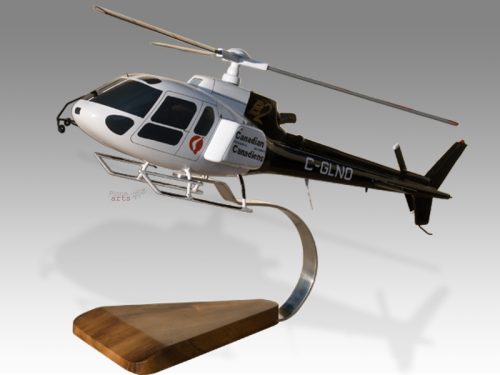
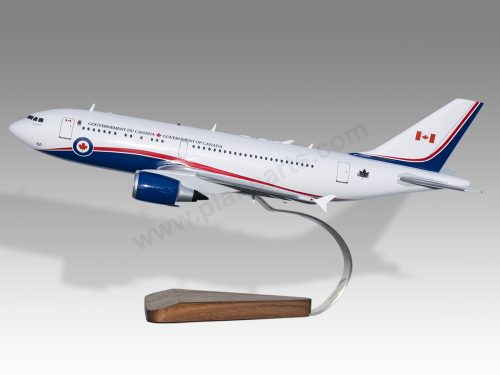

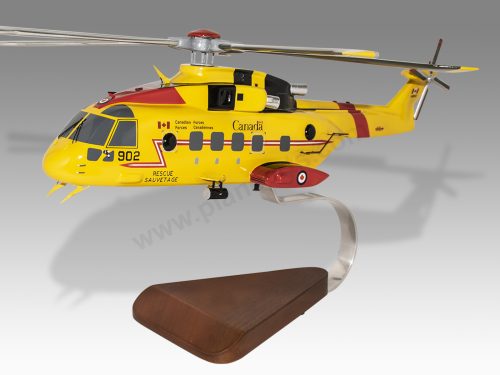
Reviews
There are no reviews yet.